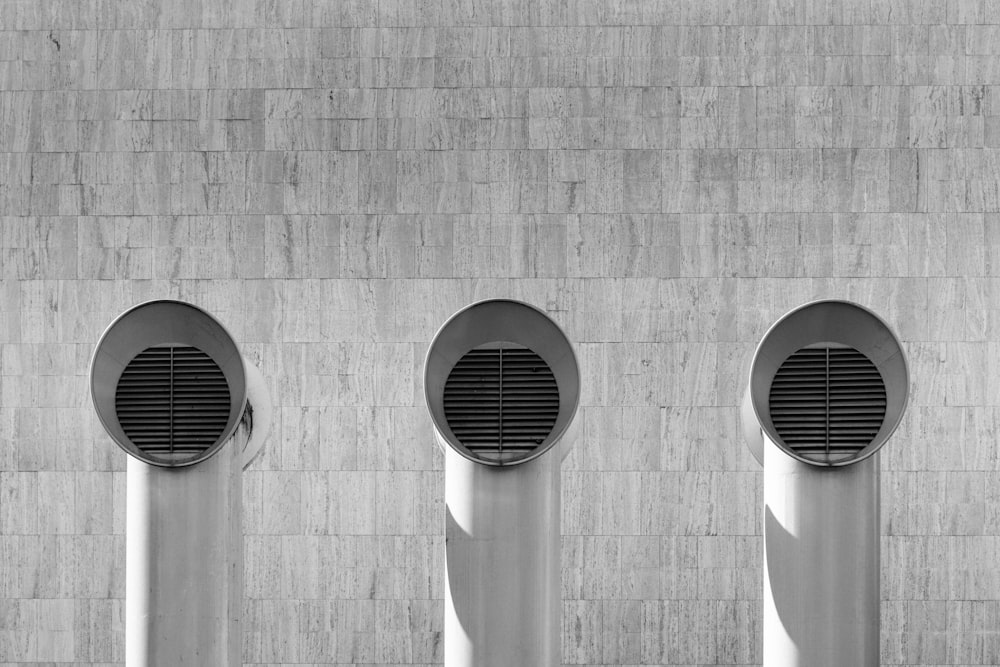Like a function Object, any form of ventilation system made up of individual components. Using the example of a supply artificial ventilation system. We will discuss the key elements of ventilation systems in this section (all other types of ventilation systems use the same components). From inlet to outlet, such a ventilation system includes the following components: air intake grille, valve, filter, fan, air heater, silencer, air duct system, and air distribution devices. An automation unit in a remote control panel is in charge of this device.
Intake Grille
Fresh air reaches the ventilation system through a wall opening, which covered by the intake grille. This grille has a decorative and defensive feature, as it keeps foreign objects out of the system and prevents water from entering during rainstorms. Metal lattices are typically round or rectangular and constructed of metal.
Silencer
The silencer intended to keep fan noise from leaking into the ductwork. If the silencer does not mount, the noise from a running fan can be audible even in office spaces, let alone living rooms and, more importantly, bedrooms. The silencer consists of a circular or rectangular body lined on the inside with sound-absorbing material such as mineral wool.
Air Diffuser
Last in the airflow direction is air diffusers. Grilles of different sizes, colors, and designs, as well as round diffusers, used to create them. Air distributors not only serve as decorative elements, but they also help to disperse airflow uniformly across the room.
Adjustable and non-adjustable air diffusers are available. Adjustable air diffusers enable you to control the amount of air that enters a room and it used to regulate airflow between rooms that served by the same branch of the air duct.
Air Valve
Any supply ventilation system will be incomplete without an air valve. If the ventilation system does not function, it programmed to shut off the air duct. If such a valve is not mounted, cold air will reach the room even when the fan is switched off during the cold season. This would not only cause irritation, but it may also result in water condensation on the cold surface of the ventilation system components (when the ventilation is turned on, the air will be heated by the air heater, so moisture condensation will not occur).
Air Filter
The air filter placed in front of the fan to protect the device components. As well as the ventilated area from dust, poplar fluff, insects, and other contaminants. It’s vital to remember that the ventilation system won’t work without a filter, especially if the filter badly clogged. As the dust can quickly harm the fan bearings.
The filter is still easily removable, allowing for quick cleaning. The automation system will be able to track the cleanliness of the filter and issue a warning. If a differential pressure sensor installed, it becomes dirty.
Automation Unit
The ventilation system regulated by the automation unit. It is usually done in the form of a remote control panel, inside of which the automation system’s elements are located and the controls and indicators are located on the front panel of the panel. This type of system allows you to control the fan speed. It maintains the set air temperature, monitors the filter cleanliness, and controls other devices, among other things.
For further information, feel free to contact us!



